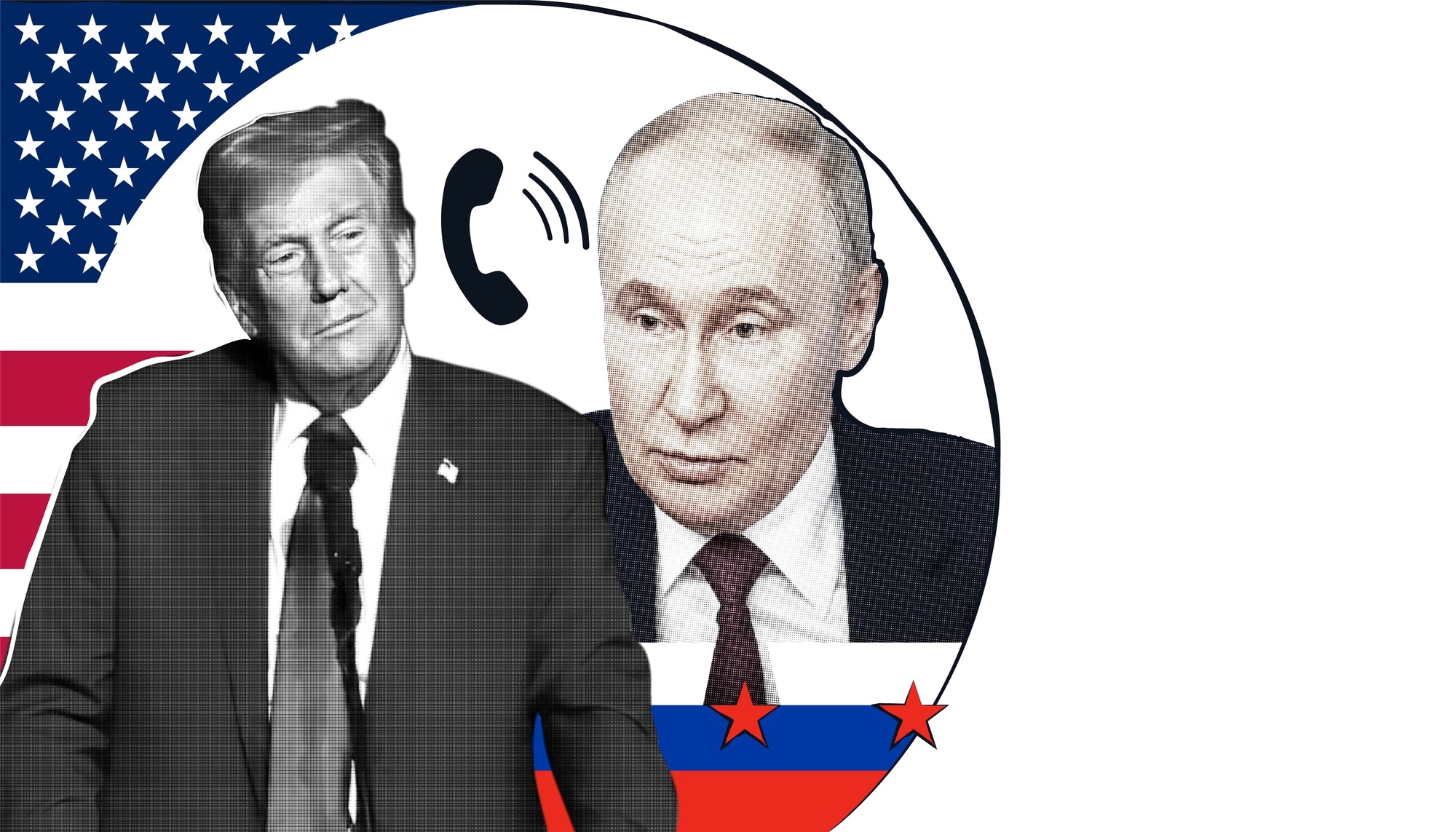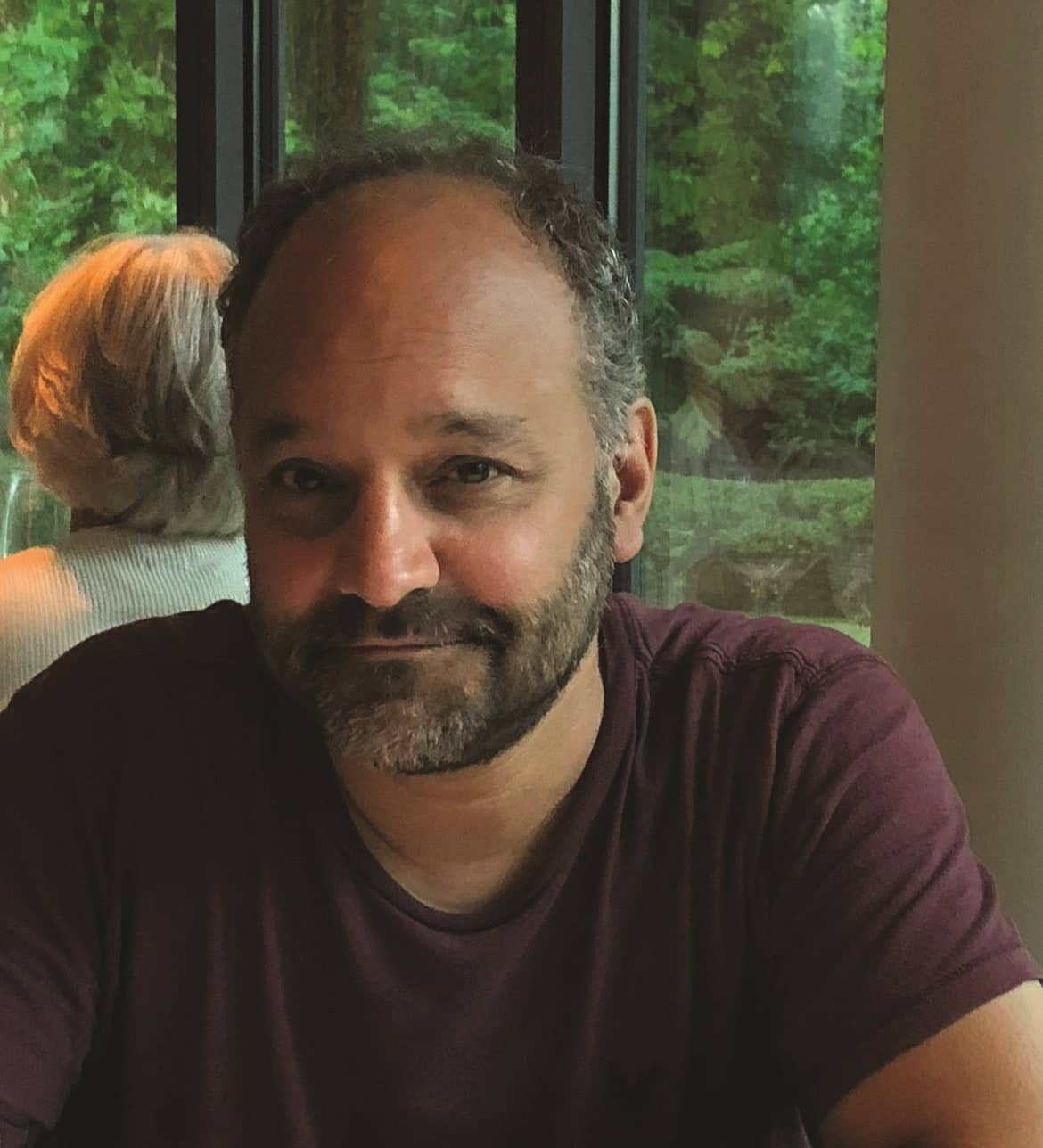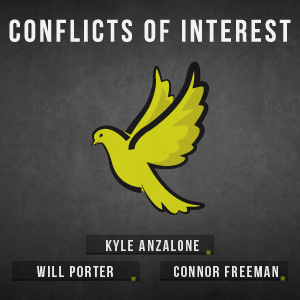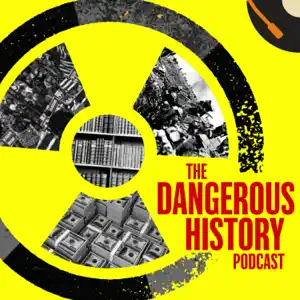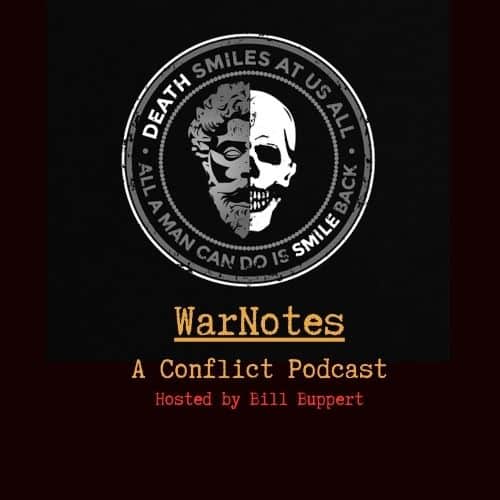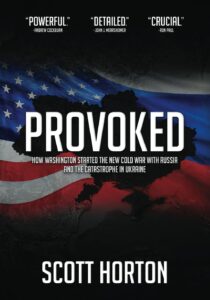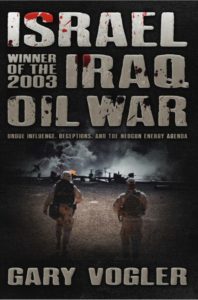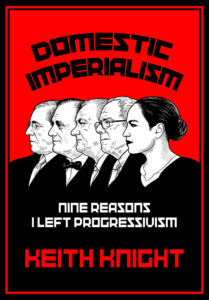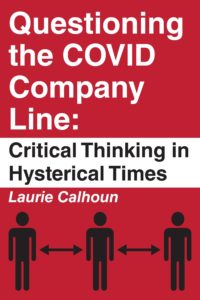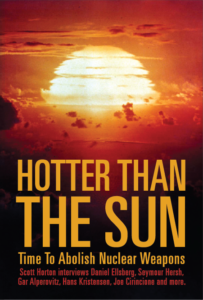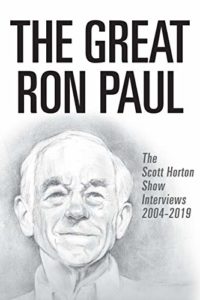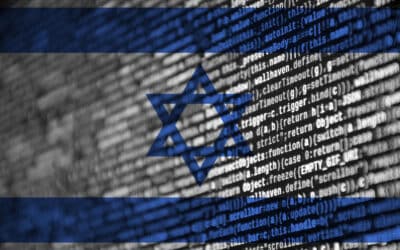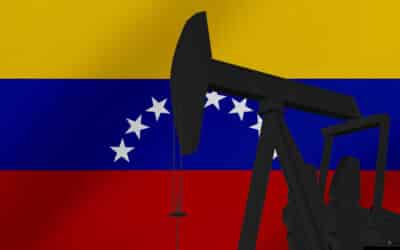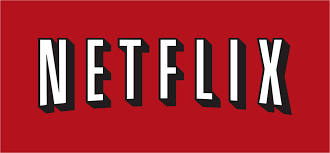Anchorage is not dead, and Budapest is still alive.
Between the Trump-Putin meeting in Anchorage Alaska and the proposed Trump-Putin meeting in Budapest, the diplomatic track that the United States and Russia were on seemed to die. In October, Donald Trump and Vladimir Putin had a “very productive” two hour phone call that led to a phone call between Secretary of State Marco Rubio and Russia’s Minister of Foreign Affairs Sergei Lavrov that was to lay the groundwork for a meeting between Trump and Putin in Budapest.
But, by the time Rubio had hung up the phone, the Budapest meeting was off. Hopes for diplomacy seemed to be dead, and Trump said that “sometimes, you have to let them fight.” On November 19, though, that hope was reanimated.
The “tense” phone call between Rubio and Lavrov put an end to the Budapest talks when Rubio told Trump that Russia was firm on their “maximalist” demands, including Ukraine ceding Donbas, reducing their armed forces and guaranteeing they will never join NATO, and that they showed “no willingness to negotiate.”
But then hints emerged that restarting talks may not be impossible. At the G7 Foreign Ministers meeting in Canada on November 11-12, Rubio characterized his phone call with Lavrov by saying “there was agreement on both sides that the next time our presidents meet, there has to be a concrete result. We have to know going in that we have a real chance to get something positive coming out. And we’d love to see that happen.”
Moscow agrees that a summit should only be held when details have been worked out. Russian presidential secretary Dmitry Peskov said that “both sides will want to hold a summit in Budapest at some point but such a meeting should be thoroughly prepared.” A Russian diplomatic source responded to Rubio’s comment by saying that “The summit is definitely necessary, but it must be preceded by careful organizational and substantive preparation” before adding that “this is only feasible if the US firmly adheres to the Anchorage agreements.” Lavrov has repeatedly stressed that Russia “remains committed” to the outcomes arrived at in Anchorage, that “the Alaska process is not over” and that Moscow is waiting for Washington’s “response” to Russia’s “repl[y] to the American’s proposal.”
And that may be just what happened. Last week, news broke of the existence of a new 28-point peace plan. Despite speculation in the media that the new peace plan is a hurried response to weakened leverage in Ukraine due to the recent corruption scandal, the framework plan is the result of several weeks’ work. Russian envoy Kirill Dmitriev says that he met with Trump special envoy Steve Witkoff and other members of the Trump team in Miami over three days from October 24-26. He also says, in what may be the crucial line, that “the basic idea was to take the principles Trump and Russian President Vladimir Putin agreed to in Alaska in August and produce a proposal “to address the Ukraine conflict.”
The 28-point plan would limit the size of the Ukrainian armed forces to 600,000 personnel: a quarter fewer than it currently is but much bigger than it was before the war. Although there were reports that the agreement would end the supply of long-range weapons that are capable of striking deep within Russian territory, that wording is not present in the text of the agreement, which says only that Ukraine is prohibited from launching “a missile at Moscow or St. Petersburg without cause.” In return for these limits on their military, Ukraine would receive U.S. security guarantees against future Russian aggression. The text says, somewhat vaguely, that “if Russia invades Ukraine” there would be “a decisive coordinated military response.” But Axios has reported that the U.S. presented Ukraine with a side draft agreement that specifies that a “significant, deliberate, and sustained armed attack” by Russia on Ukraine “shall be regarded as an attack threatening the peace and security of the transatlantic community,” suggesting a NATO Article 5-like promise. If true, that is an unexpected development. It was Ukrainian President Volodymyr Zelensky’s White House request for security guarantees that led Trump to castigate him that he was “gambling with World War III.” More tellingly still, the United States and its NATO partners have demonstrated a consistent unwillingness during the current war to become directly militarily involved with Russia.
The agreement also grants de facto control of all of the Donas region of Luhansk and Donetsk, including the roughly 14% that Ukraine still controls. The plan stipulates that “Ukraine will adopt EU rules on religious tolerance and the protection of linguistic minorities,” suggesting protection for the Russian language and the Russian Orthodox Church. Protection of the rights and safety of ethnic Russian in Donbas and Crimea has been a non-negotiable goal of Russia since the start of the war. Russia will not end the war without guaranteeing this goal. The peace plan also aligns with the reality that Ukraine is on the verge of losing this territory on the battlefield with great additional loss of life, so “it is in Ukraine’s interest to reach a deal now.”
Though Russia would have de facto control of Donbas, the 14% from which Ukraine would have to withdraw would be designated as a demilitarized zone, and no Russian troops could be positioned there. There would also be no NATO troops on Ukrainian soil, ending Europe’s version of the peace keeping force.
In the new peace framework, the United States and the world would recognize Luhansk, Donetsk, and Crimea as lawfully Russian territory. Though not stated in the agreement, there are unconfirmed reports that Ukraine would not be forced to make that admission. In Kherson and Zaporizhzhia, the current lines of control would be frozen with Russia possibly negotiating the return of some territory that it controls outside of these five regions.
There were hints that the agreement included a promise not to move NATO into Ukraine. Dmitriev had said that the agreement “addresses Russia’s security concerns” and had described it as “actually a much broader framework, basically saying, ‘How do we really bring, finally, lasting security to Europe, not just Ukraine.’” Those hints have now been confirmed. Point 3 of the agreement states that “It is expected that… NATO will not expand further,” and point 7 stipulates that “Ukraine agrees to enshrine in its constitution that it will not join NATO, and NATO agrees to include in its statutes a provision that Ukraine will not be admitted in the future.”
It is not entirely clear the extent to which Ukraine was invited to participate in the negotiations. The New York Times reports that the proposal was “drafted without Ukrainian involvement.” The Times reporting says that, according to a senior Ukrainian official, “the Trump administration had informed Ukraine of the talks but had not sought Kyiv’s input.”
The key figures in the negotiations seem to be Witkoff and Dmitriev. They seem to have done the real work with the help of Qatar and Turkey. Turkey has been involved in negotiations between Ukraine and Russia since the start of the war. The framework plan then seems to have been presented to Ukraine by Witkoff who met with Rustem Umerov, the secretary of the national security and defense council of Ukraine. The Financial Times reports that Witkoff “made it clear” that Washington “wanted Zelensky to accept the terms even though they included points that have long been red lines for Ukraine.”
There are other reports that suggest that Umerov was empowered by Zelensky to negotiate with the Americans and that “many of his comments were incorporated into the text of the 28-point plan.” One source told Axios that “many understandings were reached in the talks with Umerov.”
There are already reports, though, that Kiev has denied accepting the terms of the peace plan and that they consider many points impossible. One source told The Washington Post that agreeing would be “a complete capitulation of Ukraine, and Zelensky is not willing to agree to that.” Already a planned meeting between Witkoff, Zelensky, and Turkish Foreign Minister Hakan Fidan has been postponed because Zelensky is “walking back from the understandings reached with Umerov and is not interested in discussing the Trump plan.” However, the next day, Zelensky, “agreed to work on the plan’s provisions in a way that would bring about a just end to the war” and said he expects to talk to Trump soon. The U.S. is reportedly pushing for “an aggressive timeline for signature.”
Western critics are already screaming that the plan is a betrayal that amounts to Ukraine giving up its sovereignty. It does not. Indeed, the first point of the agreement is that “Ukraine’s sovereignty will be confirmed.” It gives up concessions Ukraine was prepared to give up in the Istanbul talks at the start of the war and land that it will be forced to give up if the war goes painfully on.
The good news is that the plan has finally done what Russia has requested and what diplomacy requires: it has detailed on paper the points that will need to be negotiated. Now that negotiation can begin, including on points, like the size of the Ukrainian armed forces and security guarantees, that may still be malleable in negotiations. Washington has been stressing to Ukraine and Europe that the framework is a “live document” that can still take all positions into account.
The bad news is that the peace that will come from this plan—if peace comes from this plan—is the peace Ukraine could have had in Istanbul in the first days of the war had the United States, the United Kingdom, and Poland not pushed them off the diplomatic path. This war was always going to end with Russia in Donbas and Ukraine out of NATO. But had the realities that are being faced now been faced then, Donbas could have had autonomy while remaining a part of Ukraine, and hundreds of thousands of Ukrainians would not be dead.
Let’s hope those realities are confronted now and a real European security structure emerges. The alternative is an ongoing war that will not change the peace plan that will eventually emerge but that will be signed with a lot more blood at a future date.

